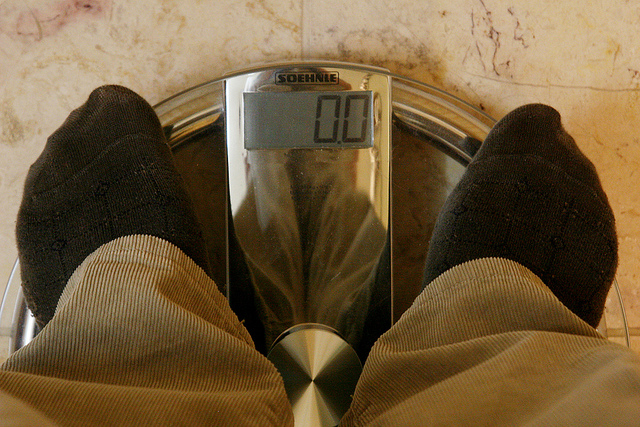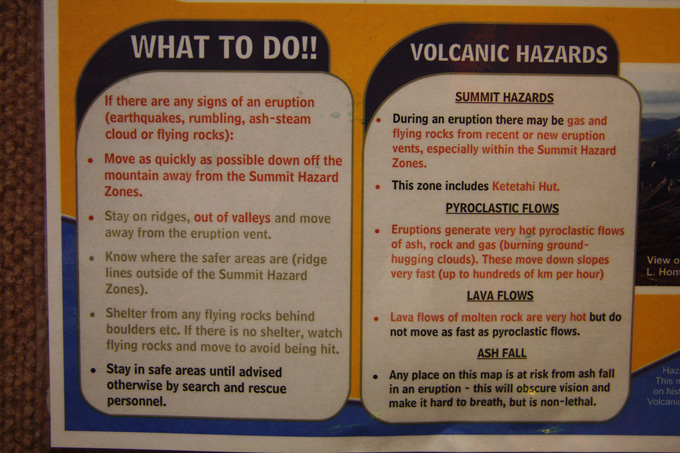Atomic weights

Goals today:
- How to read a chemical reaction in terms of ratios of reactant and product molecules.
- How to convert back and forth to weight ratios of reactants and products,
- Using atomic weights (grams per "mole" of atoms)
...Ultimate goals:
- Compare combustion of fossil fuels and figure out which ones result in more carbon-dioxide per kilocalorie of heat generated.
- Think about the choices at a landfill, where decaying organic matter generates methane. Is it better to just release the methane? Or to burn it and produce carbon-dioxide?
- Project Drawdown uses weight units such as "gigatons of $CO_2$" in the atmosphere to evaluate how effective policies are at changing carbon-dioxide levels.
Oh, what about those trees and the atmosphere?
Look at a table of the elements, and note the atomic weights of different elements. These have units of grams/"mole". E.g. hydrogen (~ 1 g/mole), carbon (atomic weight 12 g/mole) and oxygen (atomic weight 16 g/mole)...
$$1 \text{ mole} = 6.02 \times 10^{23} \text{ particles}$$ where the particles can be atoms, or can be molecules. One mole is approximately the number of protons in one gram of protons.
The atomic weight of an element is the weight, in grams, of one mole of atoms of that element.
Here's an equation for making carbon monoxide: $$C+O\to CO$$ $C$ and $O$ are the reactants in this reaction. They react with each other to produce the product which is $CO$, carbon monoxide.
- To make one molecule of carbon monoxide, we need one atom of carbon, and one of oxygen.
- To make 10 molecules of carbon monoxide, we need 10 atoms of carbon, and ten atoms of oxygen.
- To make one mole of carbon monoxide molecules, we need one mole of carbon atoms, and one mole of oxygen atoms.
- To make one mole of carbon monoxide molecules, we need one mole of carbon atoms (weighs ~12 g) and one mole of oxygen atoms (weighs ~16 g). The carbon monoxide that we made weighs 12+16=28 grams.
- To make 280 grams of carbon monoxide, we'd need 120 g of carbon and 160 g of oxygen.
- The ratio of weights of oxygen and carbon in any quantity of carbon monoxide is 16:12 = 4:3.
| $C$ | + | O | $\to$ | $CO$ | |
| molecular weights | 12 grams/mole | 16 g/mole | 12+16=28 g/mole |
||
| relative weight | 3 | 4 | 7 |
So, if I decompose a certain amount of carbon-monoxide into its elements, and if I find I have 2 pounds of carbon, I know that I must have made 2 lbs*4/3=2.67 lbs of oxygen.
And in this case, I must have started with 2+2.67=4.67 pounds of carbon-monoxide.
A sample of hydrogen weighs 2 lbs. The same number of atoms of carbon would weigh how many lbs?
Which is heavier? 1 mole of carbon-dioxide, or 1 mole of nitrogen gas ($N_2$)?
Application [Writing in class]
- If oxygen and hydrogen burn (combust) the product is $H_2O$. Write the molecular weights below each reactant and each product in this reaction:
$$2 H_2+ O_2 \to 2 H_2O.$$
$2 H_2$ + $O_2$ $\to$ $2 H_2O$ Molec weights
[g/mole]2*[2*1]
=42*16
=322*[2*1+1*16]
=2*[18]
=36Relative weights 1 8 9 - Simplify (find any common factors and divide) the weights to get relative weight ratios.
- How many atoms of hydrogen are needed to react with each atom of oxygen?
- What is the weight ratio? [how many grams] of that many moles of hydrogen to
[how many grams] of that many moles of oxygen?
1::8
-
So, 1 pound of hydrogen would fully react with how many pounds of oxygen to form water?
- 1/2 pound
- 2 pounds
- 4 pounds
- 8 pounds
- 16 pounds
- What happens if you have equal weights of oxygen and hydrogen, say, one pound each, and ignite the mixture (make it combust). Is there leftover oxygen or leftover hydrogen? How much?
Let's see... 1 pound of $H_2$ would fully react with 8 lbs of $O_2$, but we don't *have* 8 lbs of oxygen.
On the other hand 1 pound of $O_2$ could react with 1/8 pound of $H_2$. So if we started with 1 pound of $H_2$ we'd be left with 1-1/8 = 8/8-1/8=7/8 pound of $H_2$ left over. - What's the ratio of weights of a molecule of water ($H_2O$) and a molecule of nitrogen gas ($N_2$)?
- What is the ratio of weights of 1 mole of natural gas, $CH_4$ to 1 mole of $CO_2$?
Molecular weight ratios (g/mole) are
- ($CH_4$) 12 + 4*1:: 12+2*16 ($CO_2$).
16::44
4::11. - How many tons of carbon-dioxide are produced for every ton of natural gas burned? The chemical reaction is:
$$CH_4 +2O_2 \to CO_2+2H_2O$$
In this chemical reaction there is 1 mole of $CH_4$ for every 1 mole of $CO_2$, so the weight ratio is 4::11. $$\begineq 4&::11\\ \frac44&::\frac{11}{4}\\ 1&::2.75 \endeq$$ For every 1 ton of $CH_4$ we'll produce 2.75 tons of $CO_2$.
Ideal gas law
A useful observation:
At the same temperature and pressure, equal volumes of gas contain the same number of molecules, no matter what kind of gas.
For example, at one atm pressure, and at $0^o$C (this is "STP" or Standard Temperature and Pressure), one mole of just about any gas occupies 22.4 liters.
So, a 22.4 liter at STP containing hydrogen, would be holding one mole of hydrogen which weighs just 2 grams. ($H_2$: $2\times$1 g/mole=2 grams).
The same container, if filled with air would weigh about 28 grams. (Air is mostly $N_2$: $2\times$14 g/mole=28 grams).
One of the main gases that volcanos spew during eruption is $CO_2$: How much does a mole of $CO_2$ weight? Is this heavier or lighter than air?
New Zealand has a lot of volcanos! There's evidence for more than 50 volcanos near the capital, Auckland.

Further south: Here is the sign that greets hikers on the Tongariro Alpine Crossing in New Zealand:

Why should you keep to the ridges?